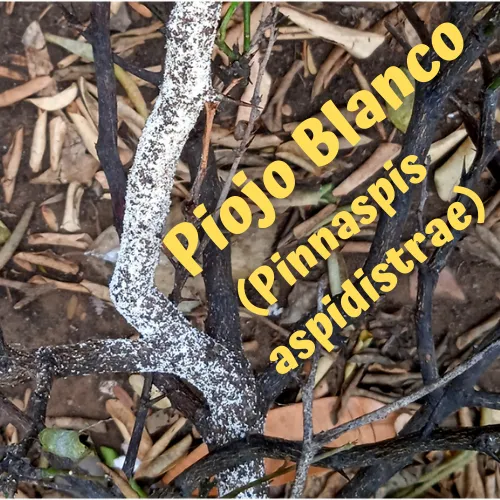
About a week ago, maybe more days, I told you about the pest that is plaguing my Trillolit plant (Combretum indicum). There I showed you the insect known as the cottony bug. You can see that post below:
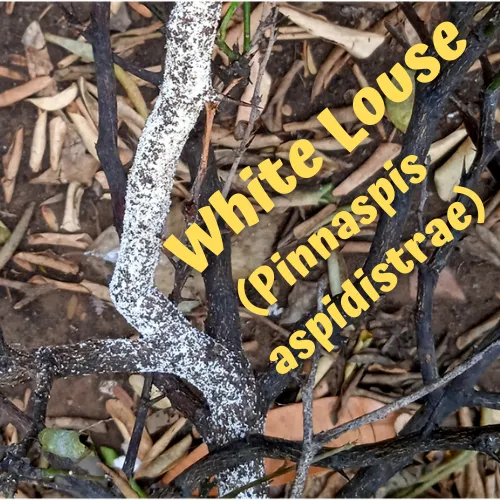

However, I am here to tell you about another pest, which has also been present on my backyard in the past, even destroying a beautiful onot (achiote) tree, (Bixa orellana), and currently threatens the existence of a beautiful, small and productive lemon tree (Citrus limon), which has been parasitized and has deteriorated a lot. It is the insect commonly known as White Louse (Pinnaspis aspidistraes), a mite that adheres to all parts of the plant, sucking its vital liquid, its sap. Its presence is evident by the color, which can be clearly seen in the following photographs:
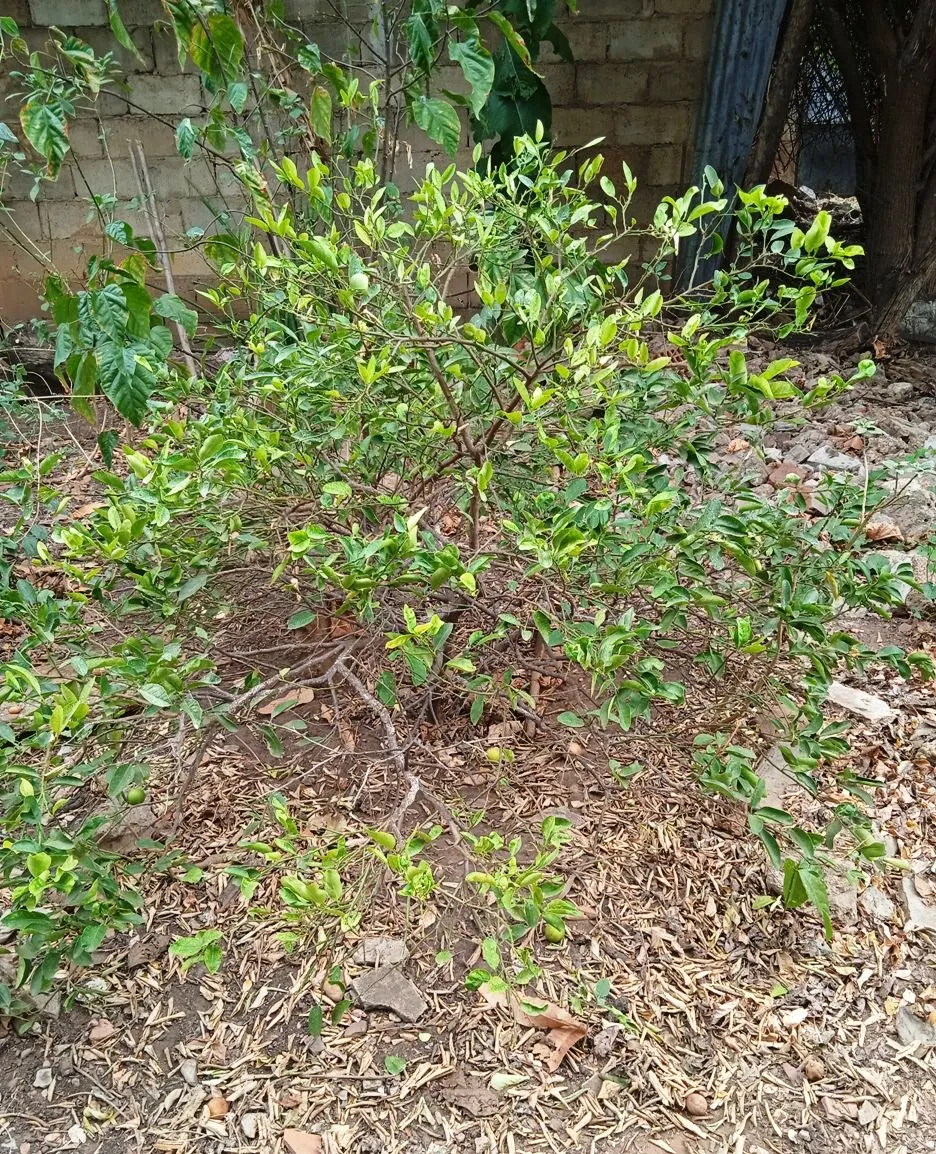
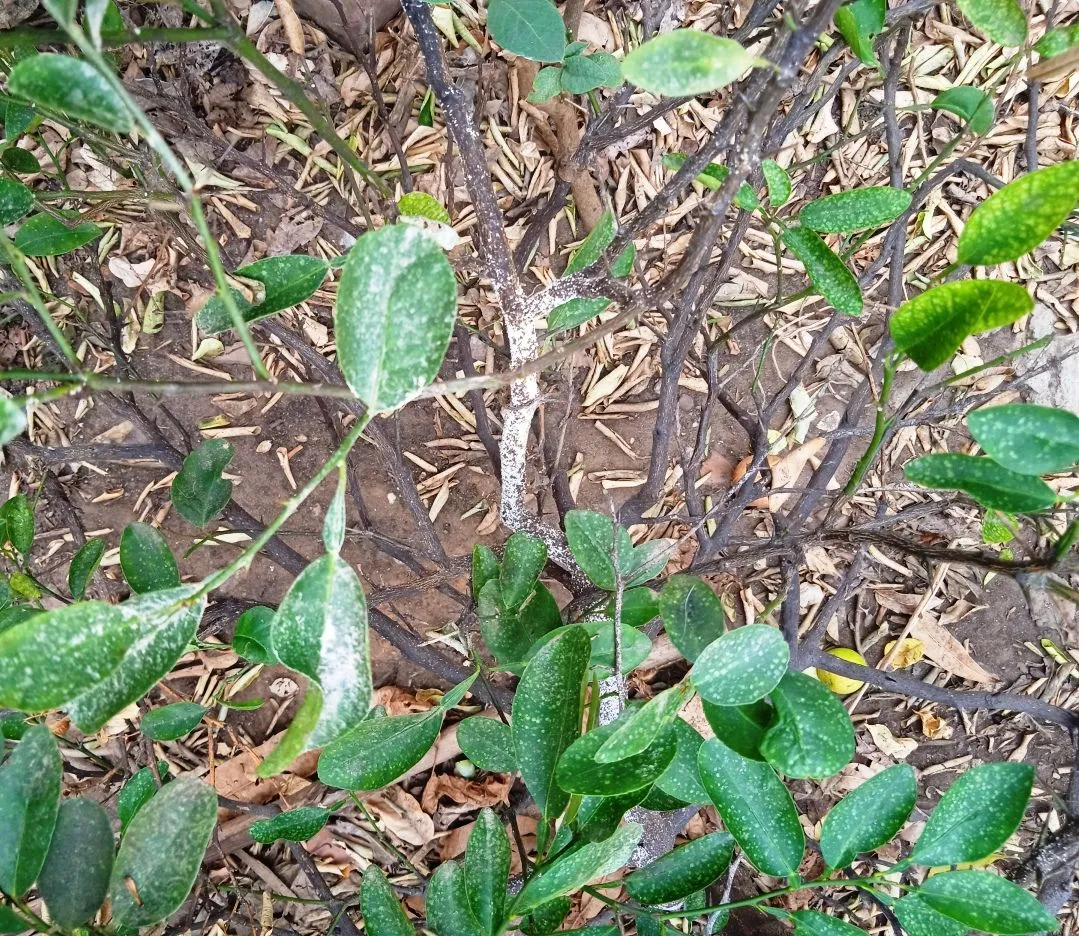
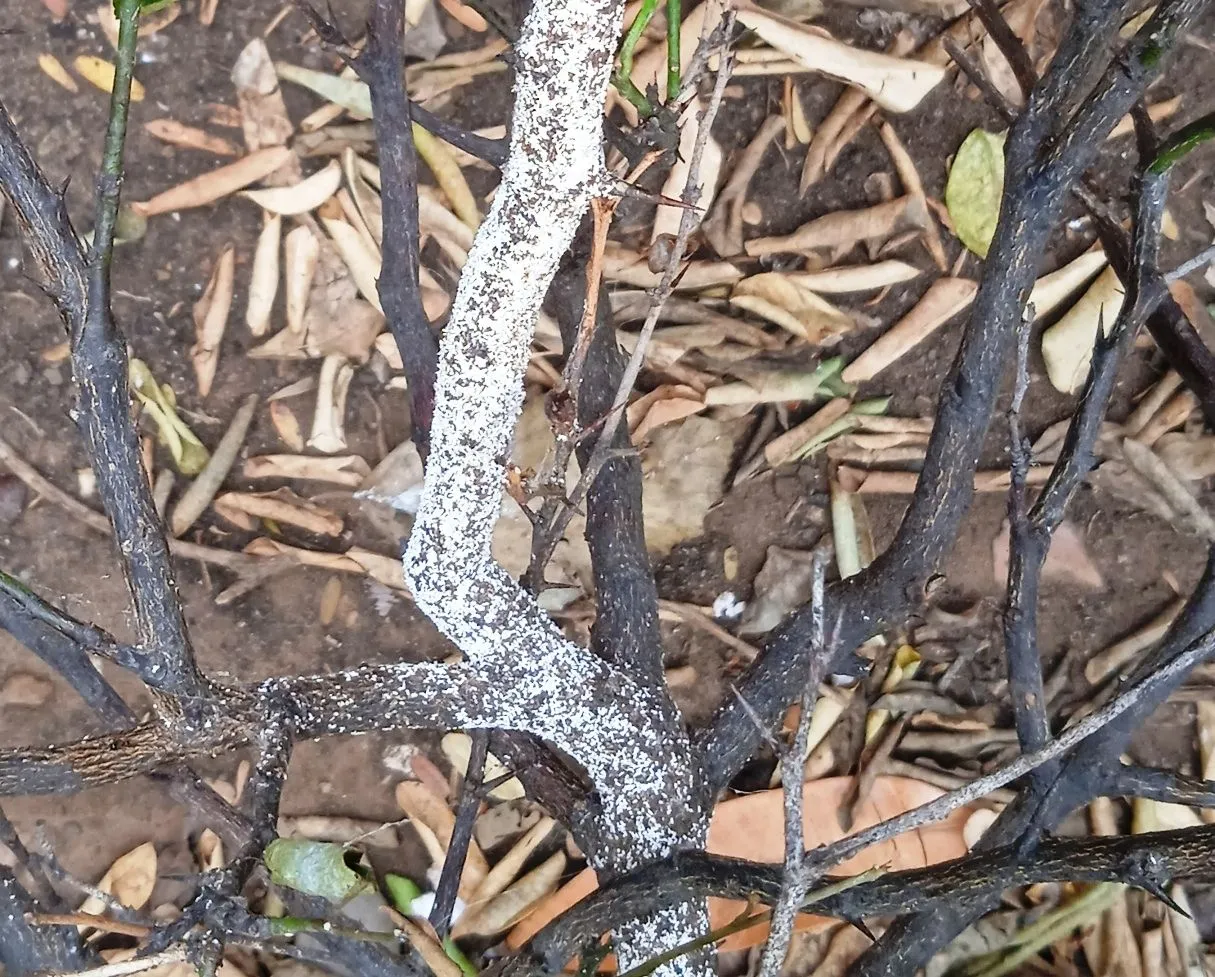


El insecto tiene varios estados o etapas durante su ciclo vital: Huevo, Ninfa I Hembra, Ninfa II Hembra, Hembra Adulta; Ninfa II Macho, Prepupa, Pupa y Macho Adulto.
La hembra, desde que emerge del huevo ya tiene un aparato bucal muy fuerte, con conductos de alimentación bien formados. Cada hembra puede ovipositar entre 100 y 150 huevos, de 3 a 4 veces por año.
El macho, al igual que la hembra, al emerger del huevo también tiene un aparato bucal, pero no tan fuerte como el de la hembra.
El tamaño de la hembra y el macho en todos sus estadios no llega al milímetro de longitud, variando de acuerdo a la etapa vital.
Las plantas hospederas por excelencia son los cítricos, helechos y algunas palmas, entre otros, por lo que presenta un amplio abanico de posibles hospederos.
Puede adherirse tanto a las hojas como a las ramas y tronco de las plantas hospederas, introduciendo sus conductos de alimentación por perforaciones y succionando la savia del vegetal.
Los enemigos naturales de esta plaga son varios, entre ellos podemos nombrar a las famosas mariquitas o coccinélidos (Coccinellidae) que depredan a estos piojos, pudiendo consumir hasta mil insectos durante un lapso de tres meses. También están una avispas muy pequeñas, de máximo 2 mm de longitud, cuyo nombre científico es Aphytis sp, las cuales depositan un huevo debajo del escudo protector de estos ácaros, para lo cual, primero los paralizan y luego los inoculan, causándoles la muerte.
This infection is now over a year old. We had treated it with soapy water and it had given a relatively good result, they had not gone completely, but they were quite controlled, however, with the drought, it has increased notably, and I fear for the survival of my lemon tree. I was investigating, to know the characteristics of this insect, and according to the information found, of which I have not copied verbatim, but I have consulted, hence I acknowledge the contribution of each of these authors by including them in the list of references that appears at the end of this post, the general features of this pest are the following:
- The insect has several states or stages during its life cycle: Egg, Nymph I Female, Nymph II Female, Adult Female; Nymph II Male, Prepupa, Pupa and Adult Male.
- The female, since she emerges from the egg, already has a very strong mouth apparatus, with well-formed feeding ducts. Each female can oviposit between 100 and 150 eggs, 3 to 4 times a year.
- The male, like the female, also has a mouthpart when emerging from the egg, but not as strong as that of the female.
- The size of the female and the male in all its stages does not reach a millimeter in length, varying according to the vital stage.
- The host plants par excellence are citrus fruits, ferns and some palms, among others, so it presents a wide range of possible hosts.
- It can adhere to the leaves as well as to the branches and trunk of the host plants, introducing its feeding ducts through perforations and sucking the sap of the plant.
- There are several natural enemies of this plague, among them we can mention the famous ladybirds or coccinellids (Coccinellidae) that prey on these lice, being able to consume up to a thousand insects during a period of three months. There are also very small wasps, with a maximum length of 2 mm, whose scientific name is Aphytis sp, which lay an egg under the protective shield of these mites, for which they first paralyze them and then they inoculate them, causing death.

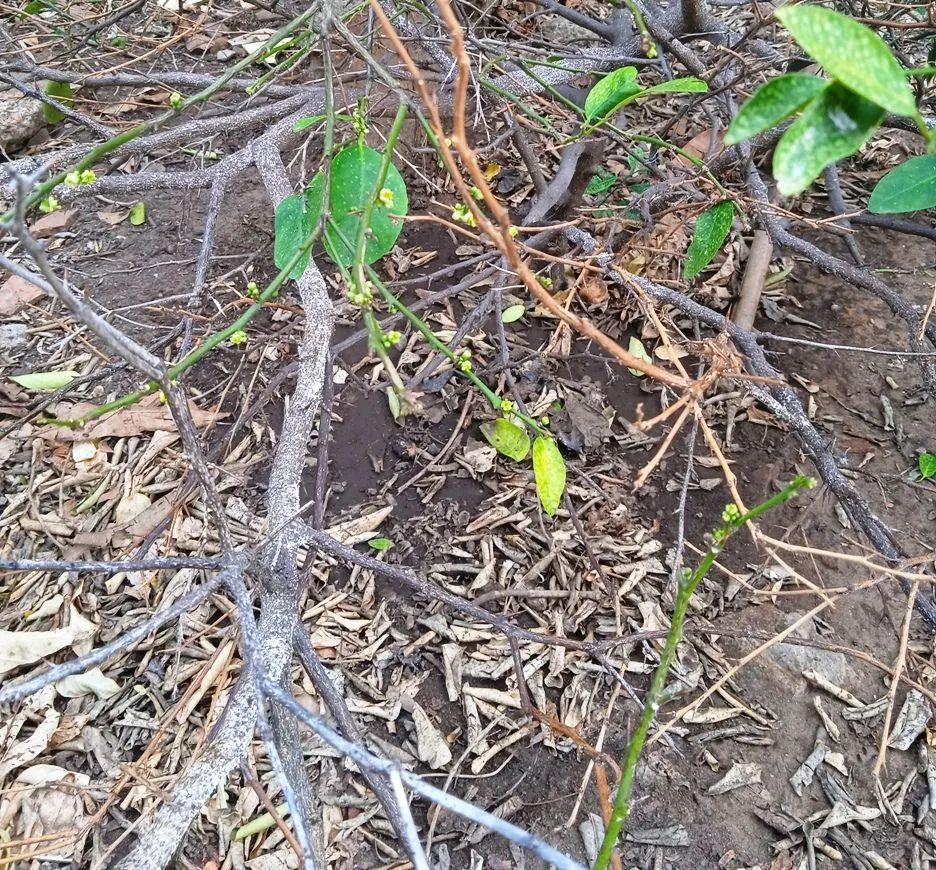
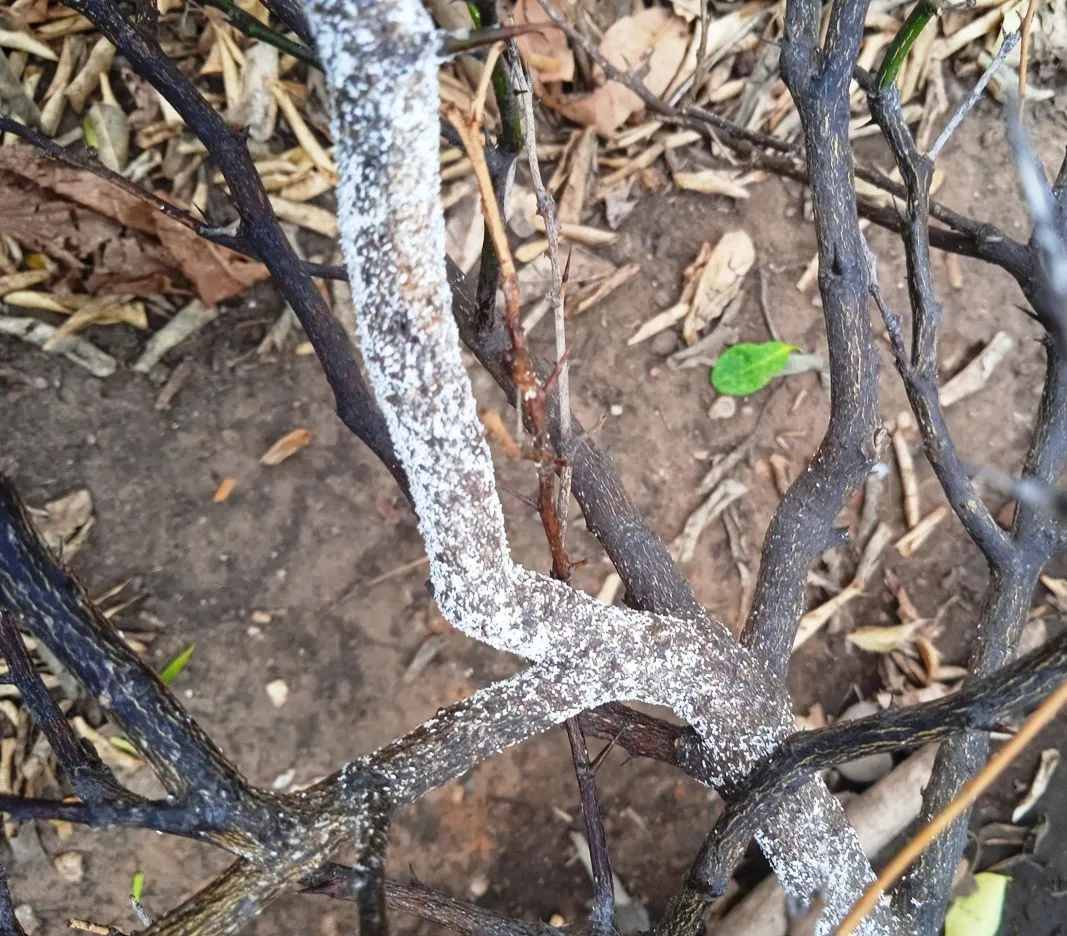

I am aware that a very appropriate product to control this mite is neem oil, (Azadirachta indica); Unfortunately where I live I have not been able to acquire it, so I chose to use an insecticide that I myself had developed to control the cottony mealybug, which I gave up using on my trillolit plant, since I saw that even when the flowers have decreased their vigor, are libated by the melipona bees, and if I apply the insecticide that I elaborated in the Trillolit for the control of the cochineal, I will kill the meliponas; So I decided to use it on my lemon tree and try to get rid of white lice. Then I will be sharing a post with the elaboration of this insecticide and another post with the result obtained from its application. The truth is that from today I began to use it, because even though my lemon tree is so weak, I noticed that it had dozens of buds, which means that it is about to bloom, and I have to take advantage of applying it before the bees arrive to suck those flowers,

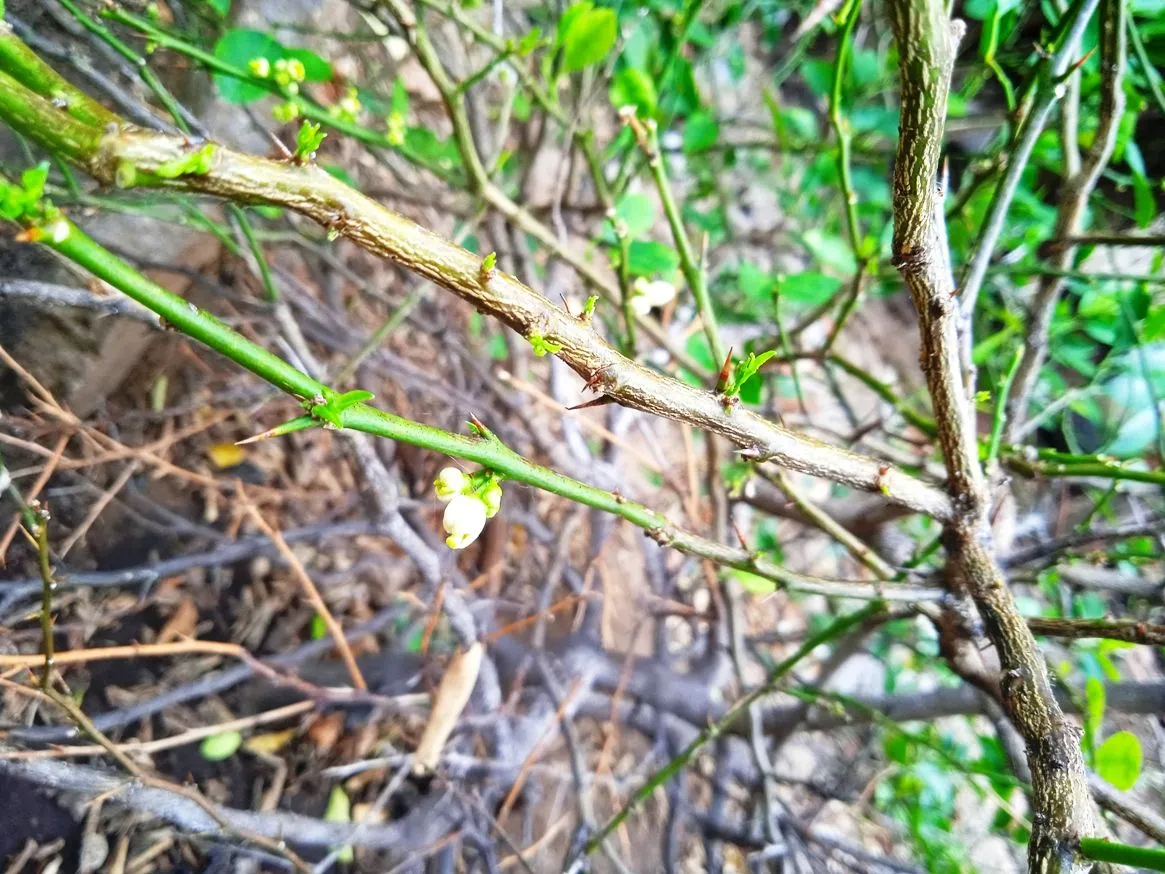

Here I end my post today, which I did to publicize this insect, which, although it has its function within the ecosystem, can cause very significant damage to our beloved plants, especially citrus. I hope it is useful for everyone.

Zamar, M. y Claps, L. (2003). Morfología de los estados inmaduros y adulto de Pinnaspis aspidistrae (Hemiptera: Diaspididae), con notas sobre su biología. Revista de la Sociedad de Entomología de Argentina Número 62 (1-2): pp. 35-42. Disponible en: https://www.biotaxa.org/RSEA/article/download/29279/26448
Controlbiologico.info (2021). Control biológico de plagas. Disponible en: http://www.controlbiologico.info/index.php/es/organismos-de-control-biologico/ocb-comerciales-enemigos-naturales/aphytis-melinus
Todas las fotos de este post son de mi autoría y fueron tomadas con mi teléfono Xiomi REDMI 8 A // These photos are my own, and were taken with a Xiomi REDMI 8 A phone
Los divisores son cortesía de @eve66 quien comparte bellos diseños que embellecen el maquetado de nuestras publicaciones. // The dividers used are courtesy of @eve66 who shares beautiful designs that embellish the layout of our post.
En caso de que se requiera utilizar el contenido o las imágenes de este post y de mis otras publicaciones, agradecería que se hiciera referencia a mi autoría (Fabiola Martínez) y se citara el enlace correspondiente. Gracias. // In case it is required to use the content or images of this post and of my other publications, I would appreciate if you could refer to my authorship (Fabiola Martínez) and cite the corresponding link. Thanks.

 You've been curated by @plantpoweronhive! Powered by LOTUS token, an alternative health social currency on HIVE. Delegations welcome!
You've been curated by @plantpoweronhive! Powered by LOTUS token, an alternative health social currency on HIVE. Delegations welcome!
